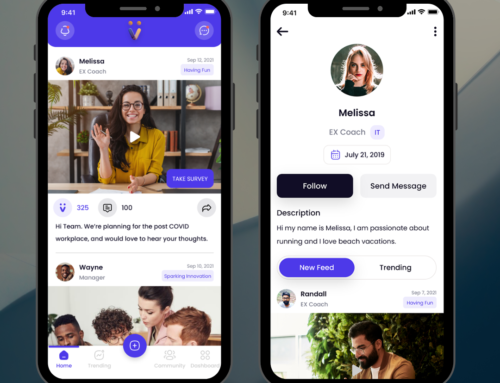We all know that average engagement levels in North America and the world have not been great for many years and certainly the pandemic has not improved the situation. We acknowledge that if only 34% of workers are “engaged” according to Gallup’s latest 2022 barometer, there must be a higher corresponding number that is not. Indeed, this is the case, but what we sometimes fail to comprehend is the human impact that such low engagement inflicts on people.
When workers are not happy, it puts in motion a quiet cycle of despair which is not always openly discussed as many workers learn to cope with it in their own way. Often times, these cycles may start innocently enough by receiving a mediocre rating on one’s performance management review leading the worker to believe that they are not valued. This overtime can cause anxiety, stress, and generally contribute to feelings of insecurity. With little recognition for work performed, employees generally stop “sticking their neck out”. Believing that no one cares about what they have to say, they quietly go “through the motions” while likely looking for job opportunities elsewhere at the same time.
This, of course, is not an all-or-nothing scenario, as there may be departments being led by caring supervisors doing well, while others suffer quietly. Irrespective, when pockets of organizational disengagement exist, the company is not in a state of optimization, and this leads to lower levels of productivity and innovation.
Is there than in fact “a secret code” that can address a wide range of workplace dysfunctions – raise levels of engagement and make employees happier and more productive? The answer is a resounding yes! It will, however, need to start at the top with the CEO in partnership with HR leadership.
I’ve had the privilege of working with some very savvy Presidents and CEOs in my time, and we knew that turnaround situations meant having to go back to the basics reinforcing our philosophy throughout the organization with each and every worker. The philosophy or “secret code” is not really a secret at all and is available to all leaders. I am of course talking of the “Employee Service Profit Chain” https://hbr.org/2008/07/putting-the-service-profit-chain-to-work which underscores the link between happy and engaged workers and higher profitability. Simply put, happier, engaged employees are more loyal and as such strive harder to satisfy the customer base which in turn leads to customer retention, positive referrals, and growth.
With turmoil and resignations abounding in North American and Global workplaces, it may be time to step back and revisit the profit chain model. Only by giving people a voice and making them feel valued, happier, and engaged will they feel like they belong and in doing so, provide the company with many years of loyalty rewarded in return by productivity growth and profitability.
![]() Written by John Cardella, Chairman & CEO at RehvUp Technologies Inc
Written by John Cardella, Chairman & CEO at RehvUp Technologies Inc



